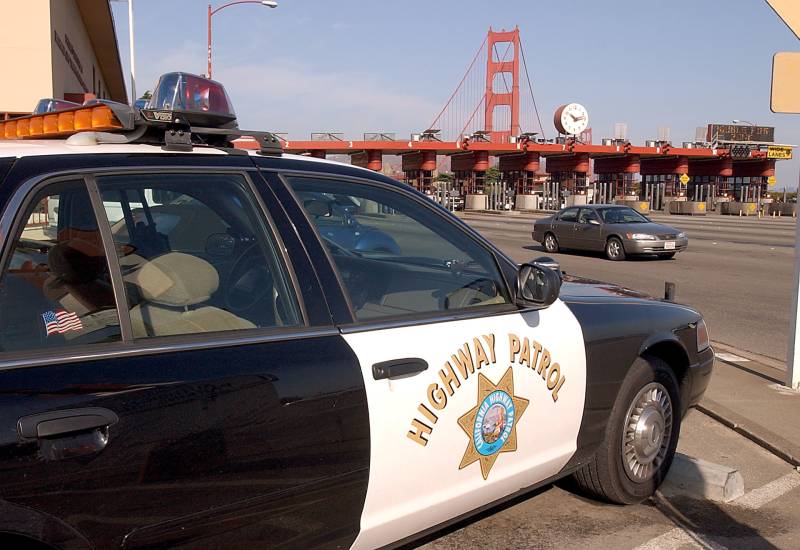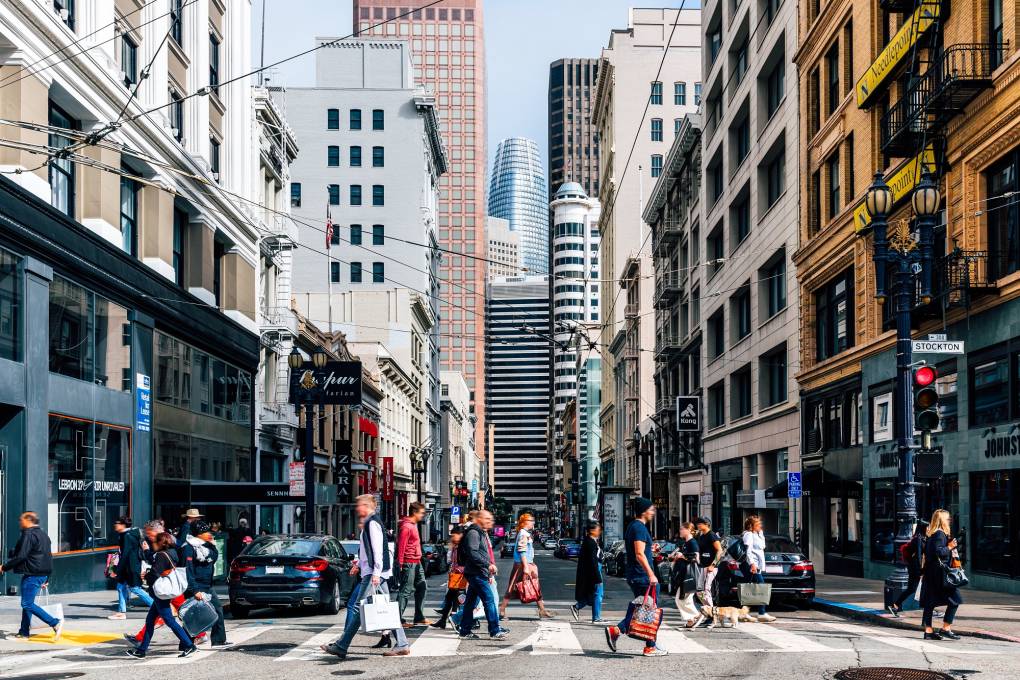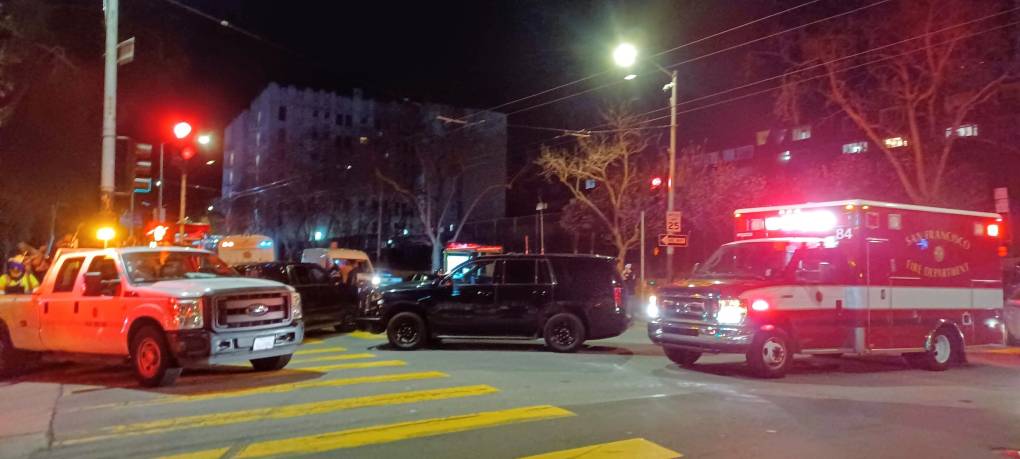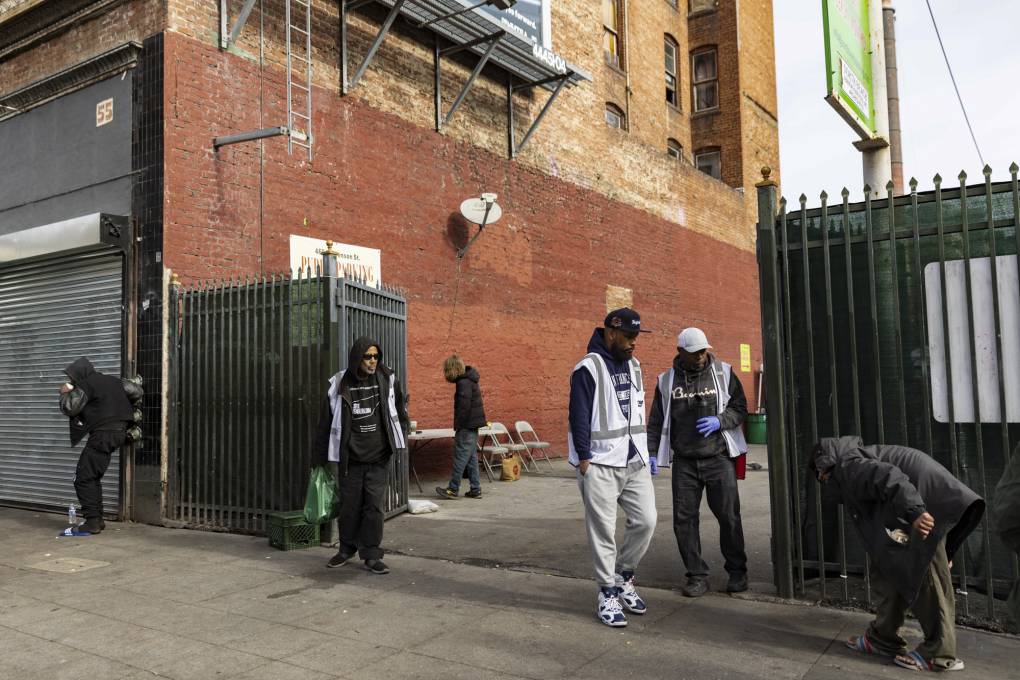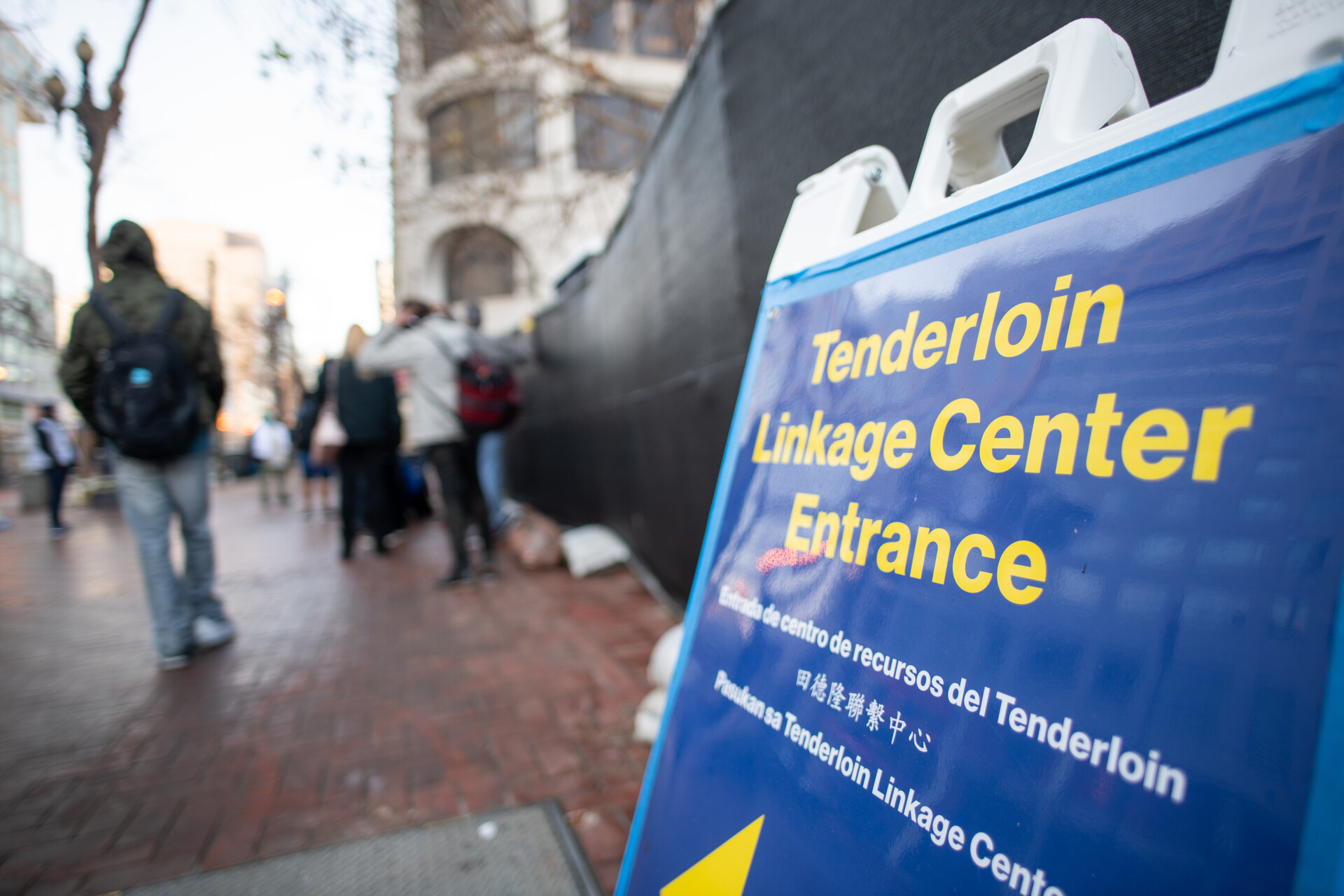A new team of officers from the California Highway Patrol and the California National Guard will step in to train and assist San Francisco Police in disrupting fentanyl dealing and trafficking, Gov. Gavin Newsom announced Friday.
The mobilization comes as overdose rates in the city have increased 41% across the first three months of this year (PDF) compared with the same time period in 2022 (PDF), when the city was operating a supervised consumption site. Trained staff at the facility reversed 333 overdoses in 11 months before the facility closed, according to city data.
“Those who traffic drugs, guns, and human beings are not welcome in our communities,” said Newsom in a press release. “That’s why we’re launching this operation. This is not about criminalizing people struggling with substance use — this is about taking down the prominent poison peddlers and their connected crime rings that prey on the most vulnerable, and harm our residents. While it’s true that San Francisco is safer than many cities its size, we cannot let rampant crime continue.”
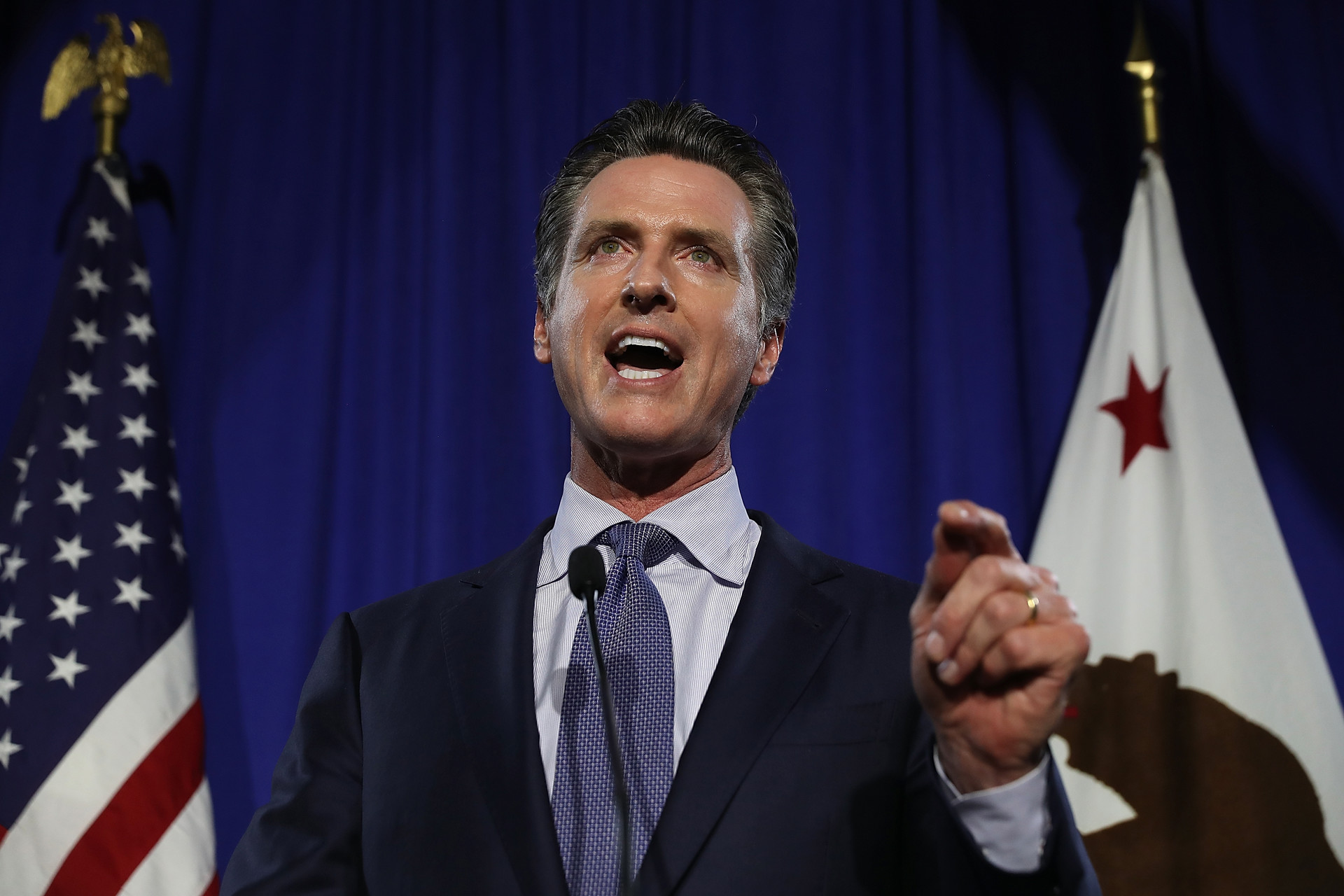
Starting May 1, CHP officers will help investigate opioid trafficking cases and train local police in identifying intoxicated drivers, city officials said on Friday. The effort will have a particular focus on the Tenderloin neighborhood, where the majority of overdose deaths have occurred this year.
Additional CHP units will also patrol hot spots for drug dealing in the city “as workload allows,” according to the press release about the plan. So far, 75 CHP officers have been stationed in the San Francisco area, CHP Commissioner Sean Duryee told reporters at a press conference on Friday. He said he expects that number to increase to 84 in the coming weeks.
